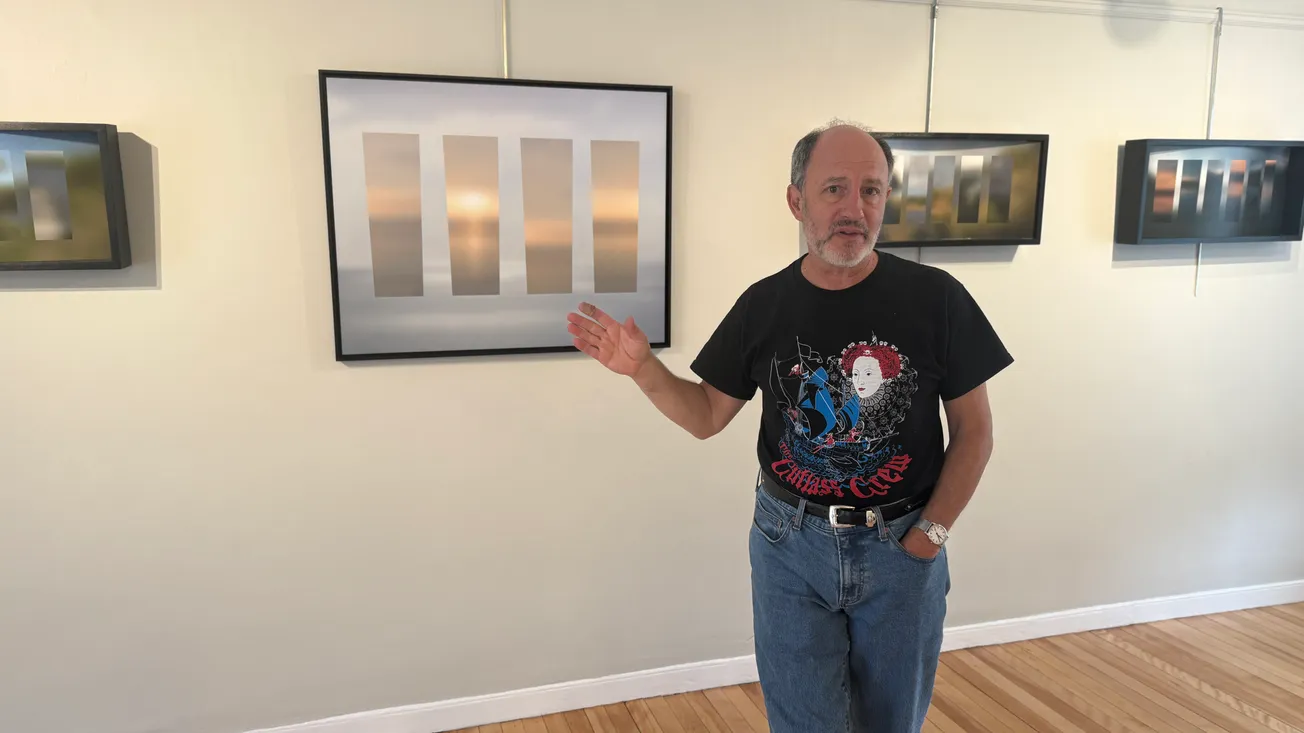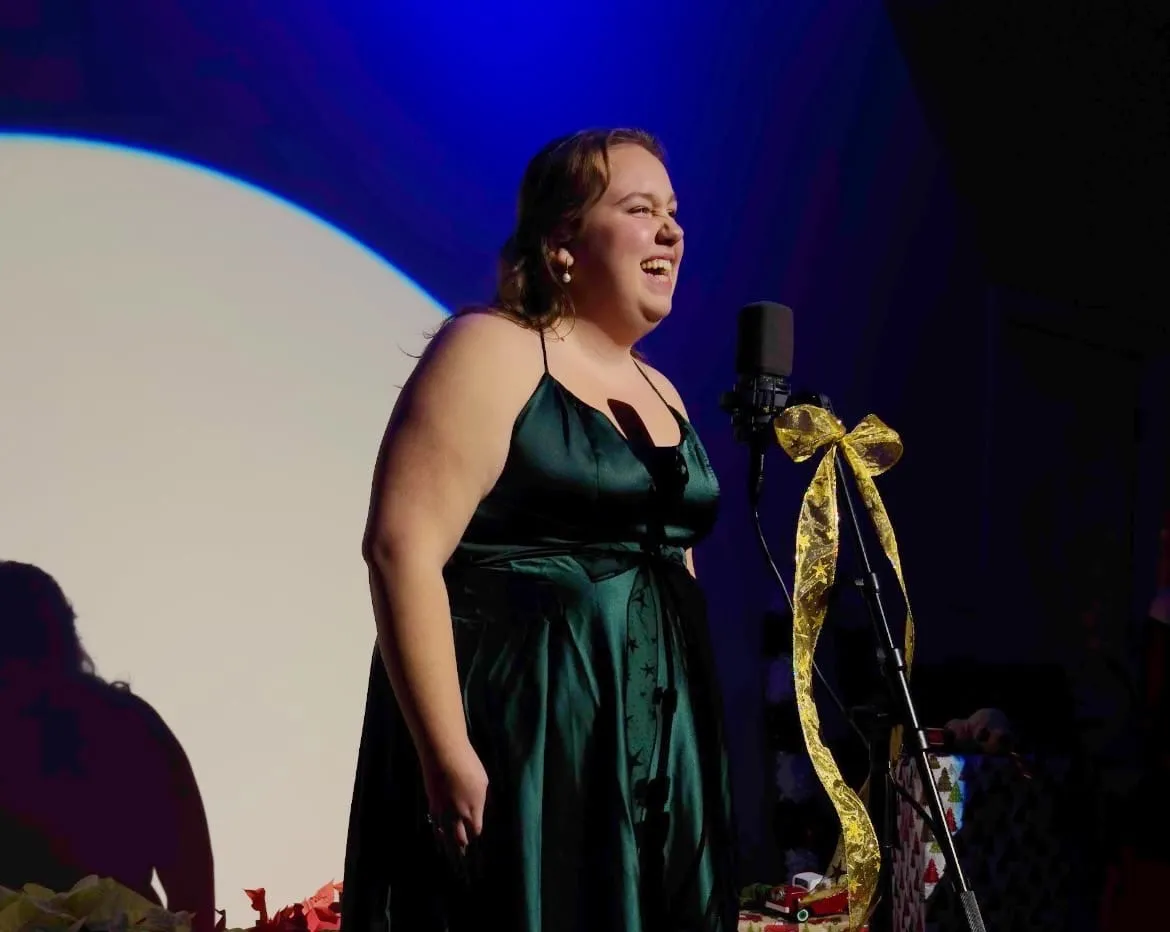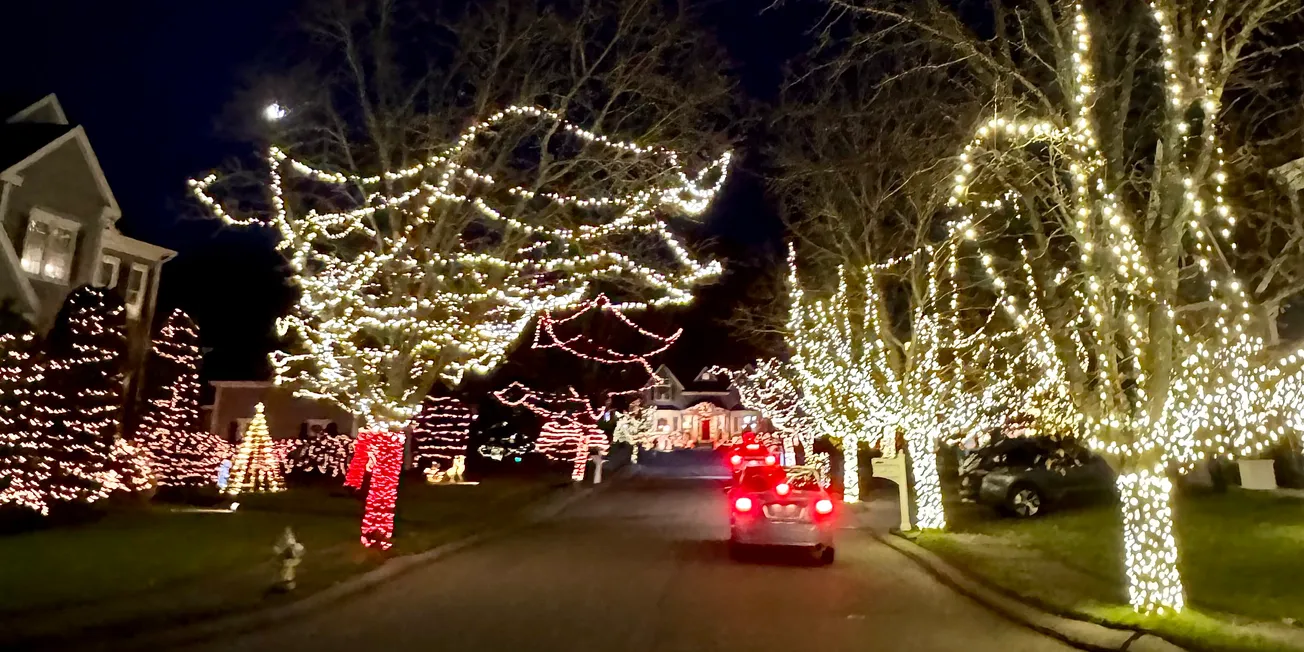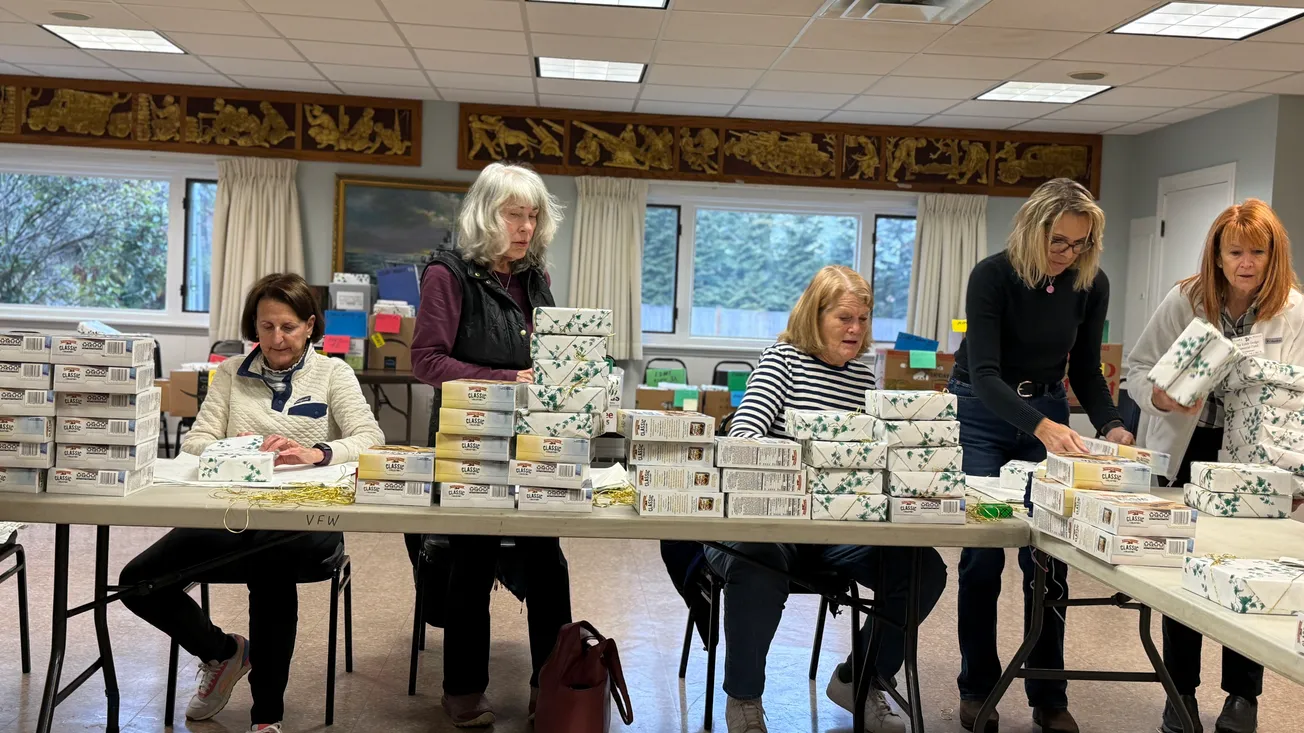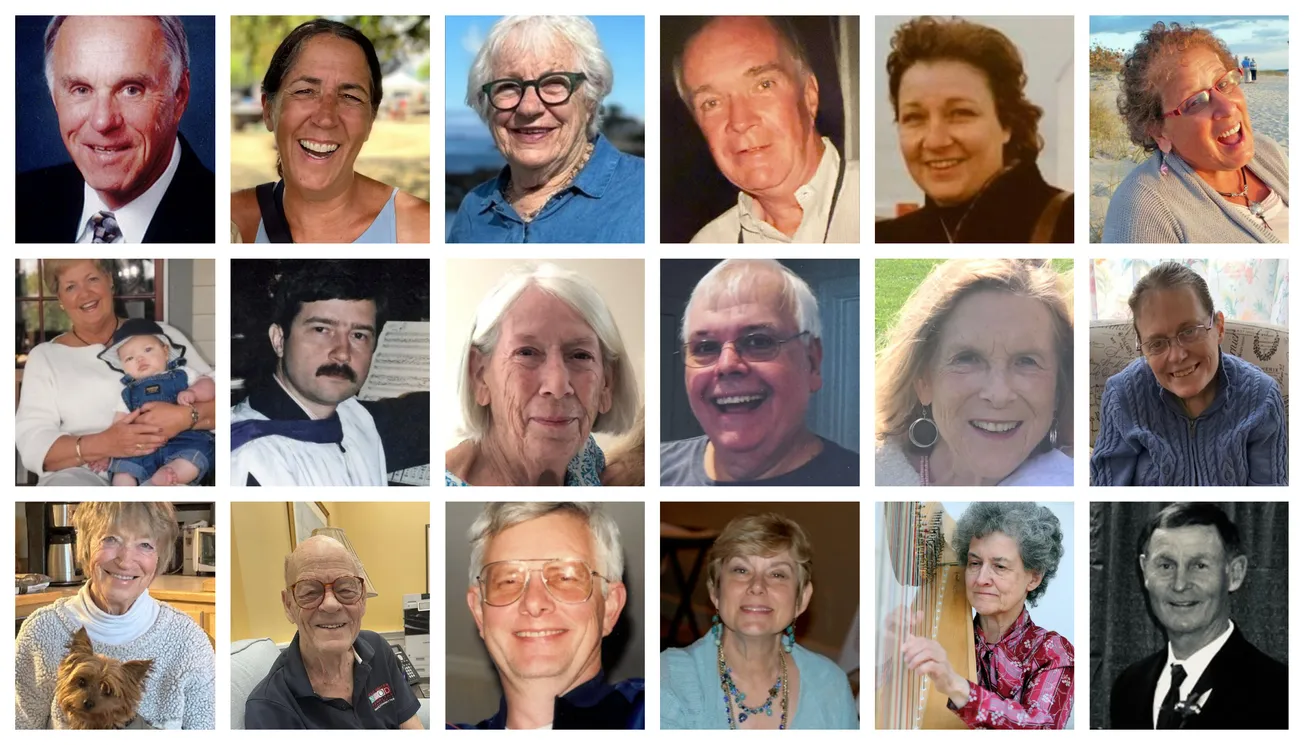Table of Contents
Nearly 200 artworks by 50 artists will fill the King Hooper Mansion, 8 Hooper St., when the Marblehead Arts Association opens five exhibitions together this weekend. The shows run Sept. 27 through Nov. 2, with a free public opening Sunday from 2 to 4 p.m.
The exhibitions include traditional photography, digital art, youth work and solo shows by David Rabkin and Judy Schmid. Organizing five simultaneous openings creates significant logistical challenges for the historic venue.
“We have Judy Schmid, David [Rabkin]. We have the digital, our new digital art show, and two photography shows, the youth photography and the member photography happening at the same time,” said Xhazzie Kindle, the MAA executive director. “So there’s multiple moving pieces to this, but it’s getting the building ready.”
The installation requires experienced volunteers who understand the mansion’s layout and potential obstacles.
“We consistently have the same group of people who work really, really well together. They know the building, they know where the stairs are, they know where the tripables are, and they work together almost seamlessly,” Kindle said. “When you’ve got close to 200 pieces, we’ve got two days to hang it.”
The King Hooper Mansion’s seven separate galleries provide distinct spaces for each exhibition while maintaining connections between shows. Additional wall space in stairways and hallways accommodates the large number of works.
“We’re really fortunate that we have a building such as the King Hooper Mansion. We have seven distinct galleries, so we have the room to have distinct shows,” Kindle said. “We also have a lot of transitional space, like our stairway and our hallways that also we can hang art on.”
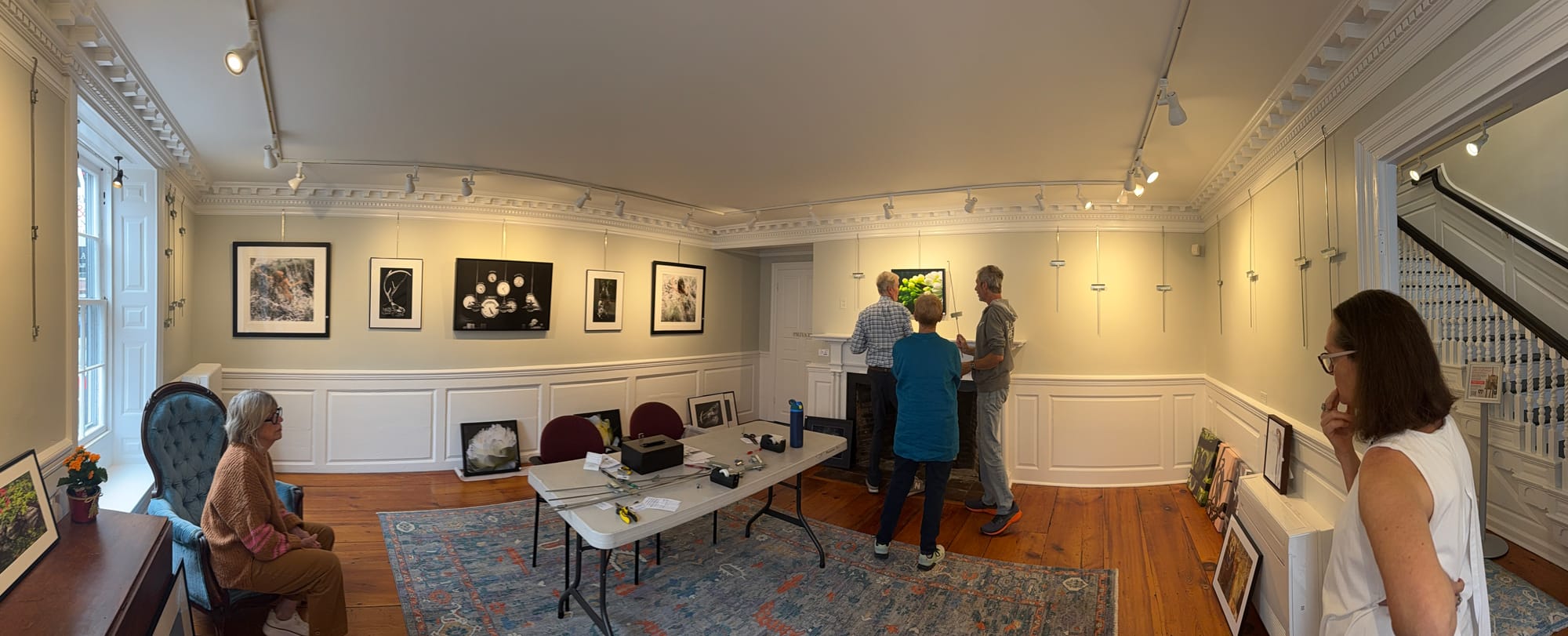
The photography exhibitions demonstrate the range of local talent through varied approaches to the medium, from traditional film to experimental digital techniques. Some pieces capture architectural subjects through infrared methods that create unusual light effects, while others document nature scenes requiring patience and extended observation. Studio work appears alongside field photography, with approaches varying from straightforward documentation to complex montages that blend multiple elements. Body painting combines with photographic composition in some pieces, while others focus purely on environmental subjects or urban landscapes.
“I would say just the variety of talent in this organization,” said Karen Hosking, whose infrared camera work creates unusual light effects, of what stands out across the exhibitions.
The association added digital art as a separate category for the first time this year. The decision addresses blurred boundaries between traditional photography and computer-enhanced imagery as artists increasingly manipulate their images.
“This is the first digital art and animation exhibit that we’ve had,” Kindle said. “The line between digital art and photography was becoming so blurred that people were looking at a piece and saying, that’s not a photograph. And they were right, it’s not a photograph, but it’s made out of photographs, or it started with a photograph.”
Digital tools now allow extensive image modification that challenges traditional photographic definitions.
“A lot of our work is real. Even people will take a photograph and then Photoshop isn’t what it used to be. You can enhance things. You can change things. You can bring things in and out of focus,” Kindle explained. “We have artists that have a library of skies, and if they don’t like the sky that’s in their photo, they’ll switch it out with a different sky.”
Young photographers display their work alongside adults rather than in a separate youth section. The integration treats emerging artists as equals based on merit rather than age.
“I think one of the things that’s unique about photography especially, is that you don’t know who took the photo. You don’t know if it was a five year old or 105 year old,” Kindle said. “So this year, we’re not giving them their own room, saying, these are young photos. These photos deserve to be in the main show.”
Labels identify youth work while maintaining equal treatment in presentation and placement.
“We’ll identify the young photos. We’ll put it, we’ll make sure that they’re identified on the label and online. But in the scope of the actual hanging of this show, each one of them deserves to be here,” Kindle said. “And it’ll be given the same amount of respect.”
David Rabkin’s solo exhibition “Upon Further Reflection …” occupies the Ballroom Gallery with experimental work that emerged from an unusual artistic journey. Rabkin transitioned to professional art after careers in software engineering and museum administration, including seven years directing the Museum of Science planetarium.

His technique combines multiple photographs from identical locations using selective blur and collage. The approach prioritizes emotional essence over documentary accuracy.
“When I put this piece together, I knew I had my hands on something powerful,” Rabkin said about a sunrise image that catalyzed his artistic transition.
The method involves choosing one photograph as background, then determining which details deserve emphasis. Blur eliminates distracting elements rather than simply creating visual effects.
“The blur is actually about suppressing details that would otherwise distract you, so that the soul of the thing can emerge,” Rabkin said.
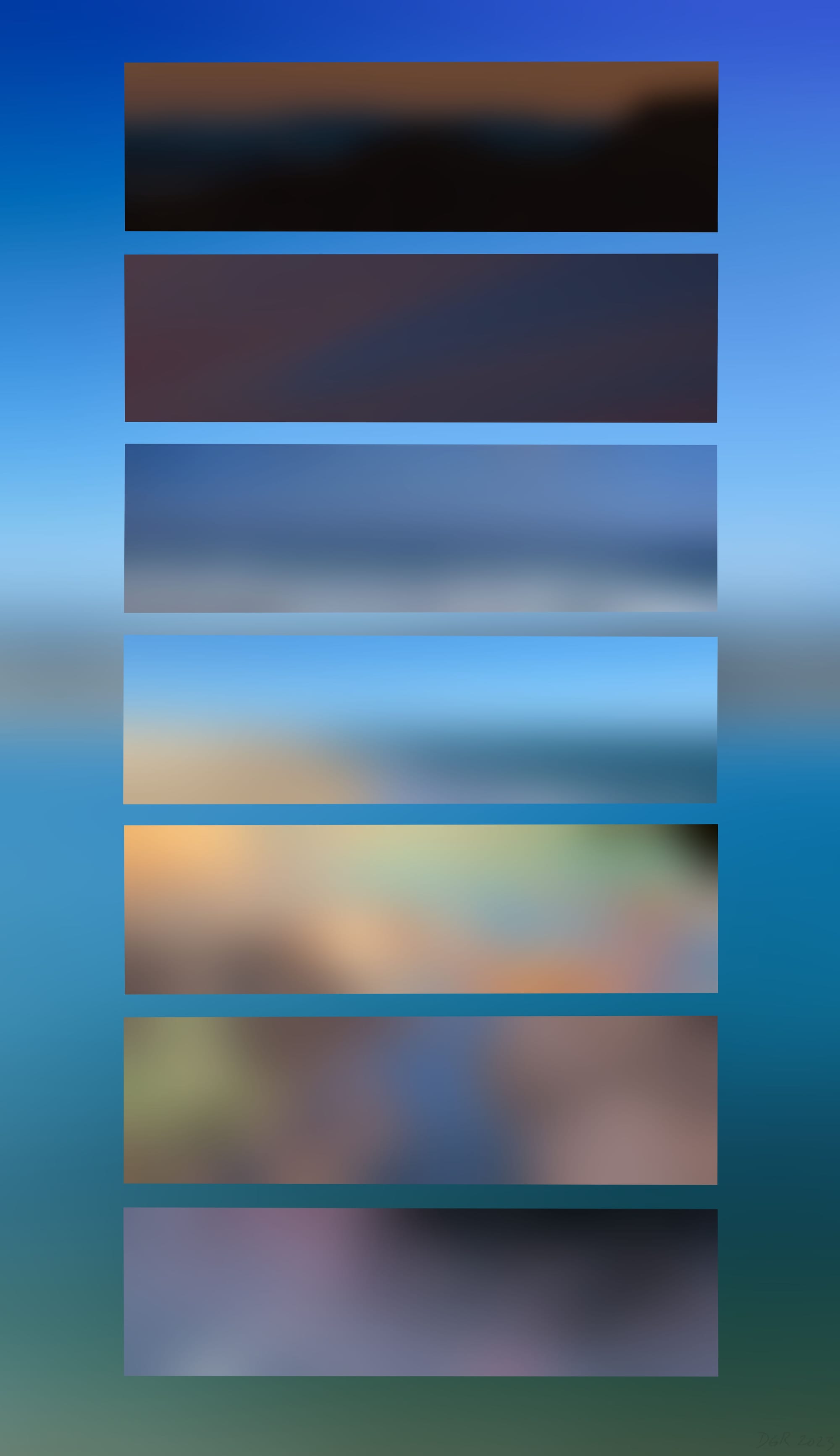
His work rewards extended viewing as details and relationships become apparent gradually. The artist welcomes varied interpretations from different viewers.
“Different people see different things,” he said.
Travel-inspired pieces include images from Guatemala exploring themes of memory and anticipation. Four works photographed from the same vantage point at his family’s Dartmouth home document seasonal changes over time.
The seasonal series uses curved frames instead of traditional rectangular presentation, reflecting his willingness to experiment with display methods as well as photographic technique.
Rabkin’s scientific background influences his methodical approach to artistic experimentation while serving creative rather than technical goals.
The Marblehead Arts Association galleries are open Wednesday through Sunday from noon to 5 p.m. The Sept. 28 opening reception is free and open to the public.
